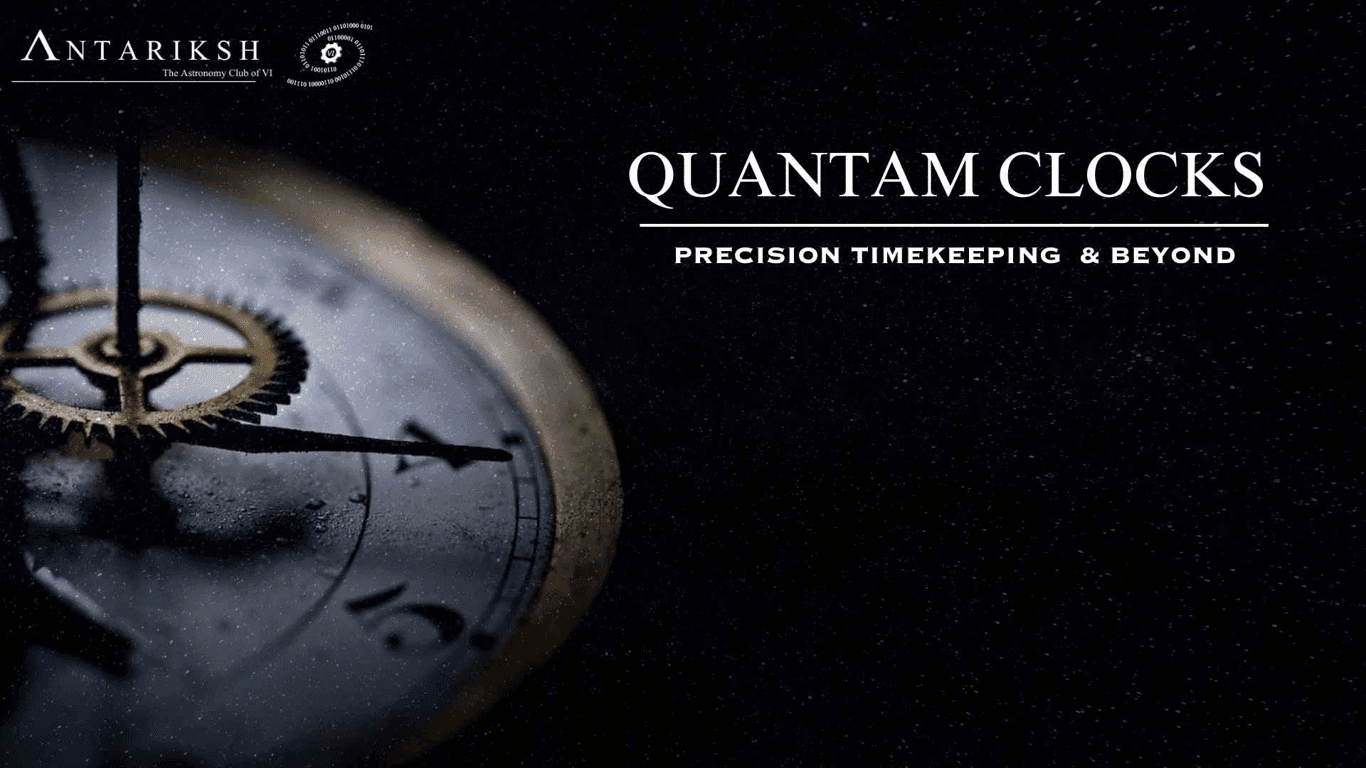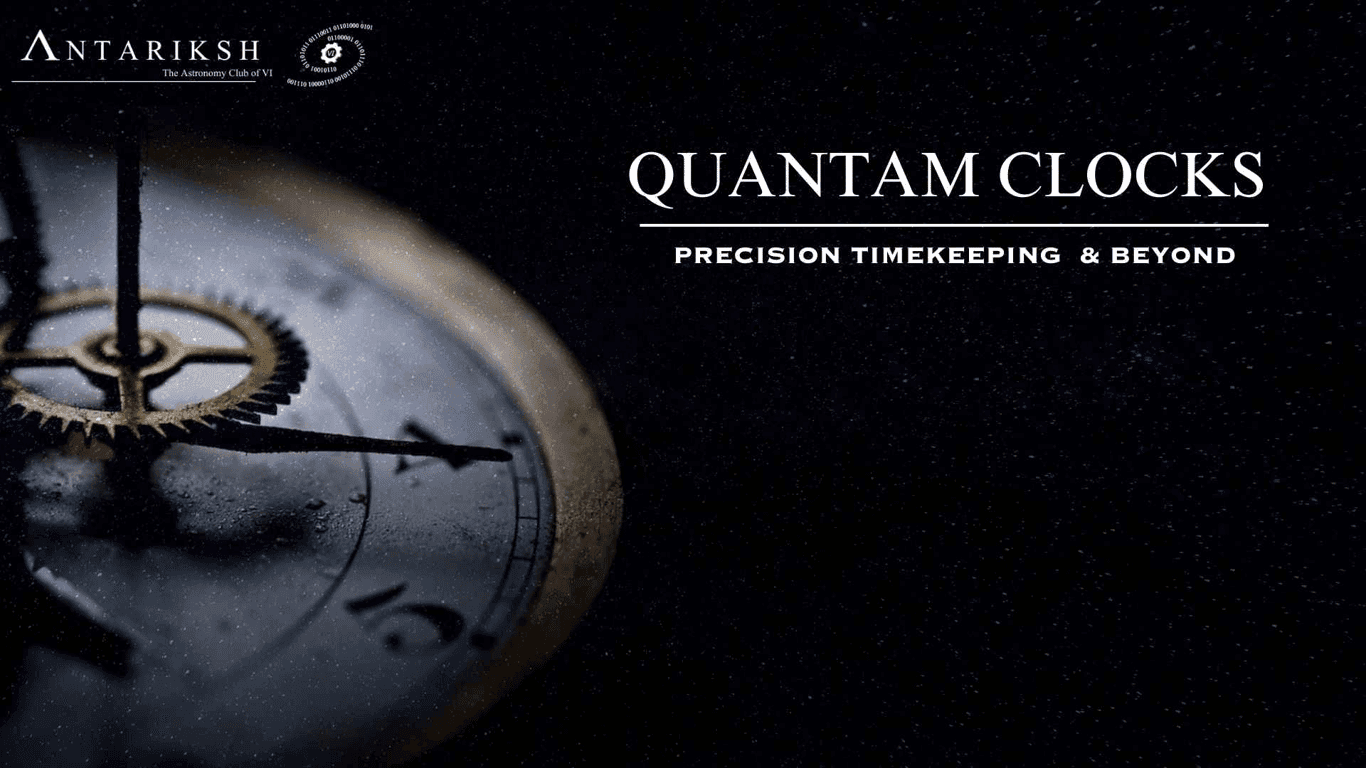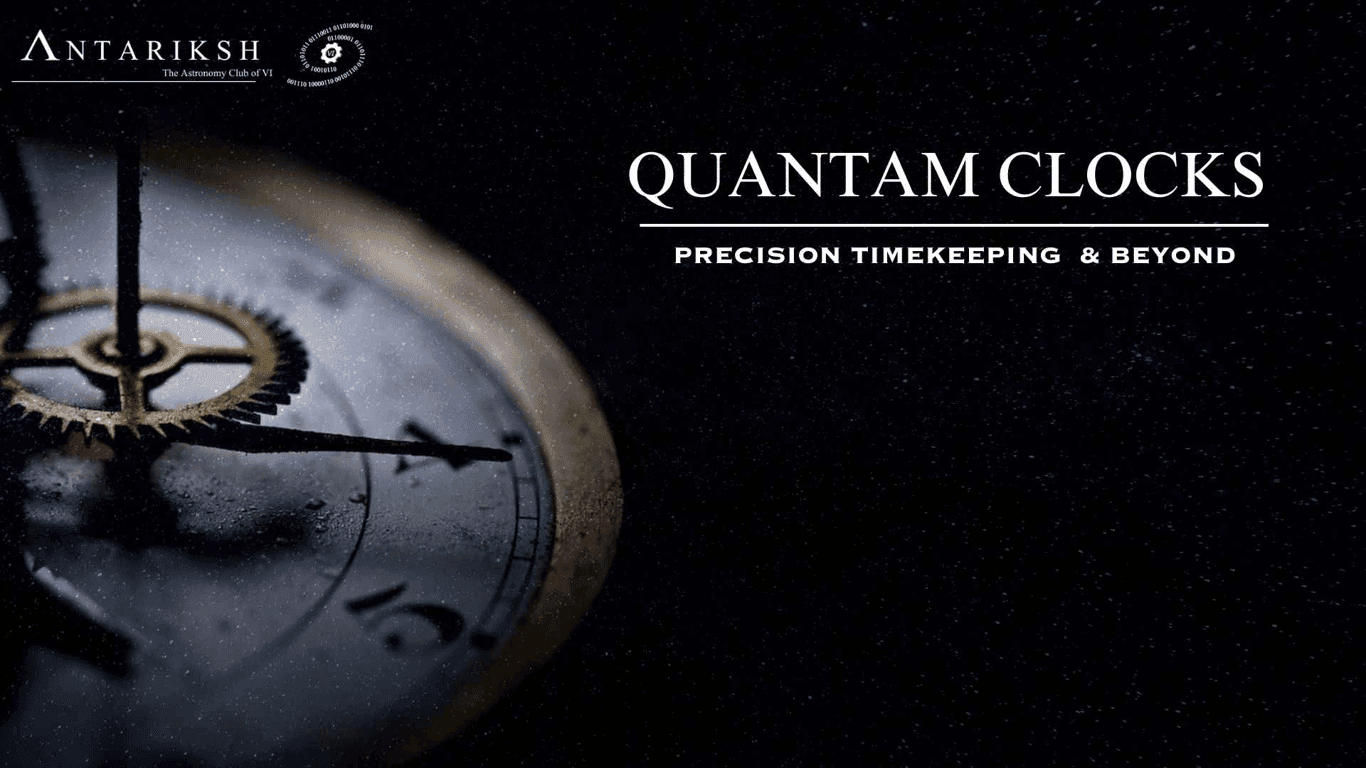
1- Foundations of Precision Measurement
Precision measurement is crucial in scientific research for ensuring reliable data, which drives experimental accuracy and technological advancement. Historically, measurement methods have evolved significantly, from rudimentary ancient tools to modern standards like the metric system and the International System of Units (SI). Measurement types—such as length, time, and mass—each require specific techniques, ranging from rulers to atomic clocks, which aid in achieving accuracy.
Standards like SI units ensure consistency and comparability across global laboratories. Measurement uncertainty, which quantifies the range within which the true value is expected to lie, is essential in precision. Uncertainty is typically measured through two methods: Type A (statistical analysis) and Type B (external sources). Combining these uncertainties offers a comprehensive uncertainty measurement, critical for data reliability.
In the future, as technology and fields like quantum mechanics progress, demand for even greater measurement precision will increase, potentially leading to new methodologies. This understanding enables scientists to effectively interpret findings and enhances collaboration across disciplines.
| Published on 22 Dec 2024

2- Introduction to Quantum Mechanics in Measurement
Quantum mechanics provides the foundation for understanding measurement at atomic and subatomic scales, where principles like wave-particle duality, quantization, and Heisenberg's uncertainty principle become essential. Wave-particle duality reveals that particles such as electrons and photons exhibit both wave-like and particle-like behavior, impacting how they can be measured. Quantization implies that many properties, like energy, only take specific values, affecting measurement precision. The uncertainty principle, which limits simultaneous precision in certain measurements (e.g., position and momentum), fundamentally shapes how measurements are understood in quantum systems.
Quantum states, represented mathematically by wave functions, embody the probabilities of a system’s possible outcomes. Through superposition, quantum systems can exist in multiple states until measured, enhancing precision in techniques like quantum interferometry, which uses interference patterns for highly accurate measurements.
Quantum measurement techniques, including interferometry and quantum tomography, allow unprecedented precision in fields like metrology and telecommunications. The observer effect, where measuring a quantum system alters its state, introduces unique challenges to quantum measurement compared to classical methods. These advanced techniques not only redefine precision measurement but also enable breakthroughs across disciplines, paving the way for applications in quantum-based meteorology and more.
| Published on 30 Jul 2022

3- Quantum Meteorology- Concepts and Applications
Quantum meteorology applies quantum mechanics to improve the precision and reliability of meteorological measurements. By utilizing quantum phenomena like superposition and entanglement, this field advances the development of highly sensitive sensors and atomic clocks, which allow for measurements far more accurate than classical techniques. Atomic clocks, for example, use atomic vibrations to maintain precise timing, essential for synchronizing weather data across locations and improving forecasting accuracy. Quantum sensors, including gravimeters and magnetometers, can detect subtle environmental changes, offering more refined data for atmospheric modeling.
The benefits of these quantum-based measurement techniques are numerous: they enhance the accuracy of climate models, allow for better early warning systems for severe weather events, and improve global weather forecasting. However, the high costs and sensitivity requirements of quantum devices present challenges to their widespread adoption in meteorology. Overcoming these challenges requires advancements in cost-effective quantum technology and environmental resilience.
Quantum meteorology represents a transformative shift in how we understand and predict atmospheric behavior. This field promises significant improvements in weather and climate science, with potential for increasingly precise forecasting models and a more comprehensive understanding of climate dynamics.
| Published on 30 Jul 2022

4- Future Trends in Precision Measurement
Emerging technologies in precision measurement, particularly quantum sensors, are transforming the accuracy of measuring key physical properties, essential for advancing fields such as meteorology. Quantum gravimeters and optical lattice clocks are two pivotal technologies, enabling precise measurements of gravitational fields and time. The integration of artificial intelligence (AI) and machine learning (ML) further enhances data interpretation, allowing more refined measurements, noise reduction, and predictive analytics. These developments improve forecasting accuracy across various domains.
Quantum meteorology benefits significantly from these innovations, with potential breakthroughs in weather prediction and climate modeling. Future directions include quantum communication networks and hybrid systems combining quantum sensors with traditional meteorological instruments, enabling real-time atmospheric monitoring and refined climate change predictions.
Interdisciplinary collaboration between physicists, meteorologists, and engineers is critical to advancing these fields. By working together, these experts can design better instruments, integrate diverse expertise, and pursue joint research, leading to advancements like quantum imaging techniques and enhanced climate models. These innovations in precision measurement and quantum meteorology hold broad societal impacts, from improved disaster preparedness to more informed climate policy. Continued support for interdisciplinary research and funding will be essential to further these transformative fields.
| Published on 30 Jul 2022